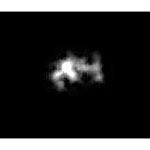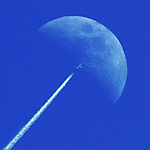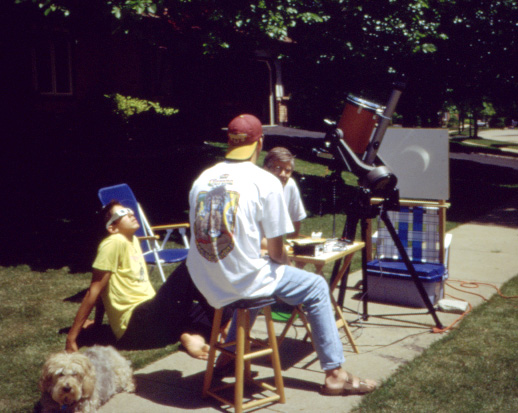Astrophotography
All photos are © Marshall Faintich
I did a lot of astrophotography in the mid-1980s through the early 1990s, but took a break from this hobby for more than 20 years, other than taking a few eclipse photos. All of my early astrophotos were taken using film based cameras through a Celestron-8 telescope, or with a camera piggy-backed on top of the telescope, or with only a tripod.
|
Solar System Objects
Click on photos below to see my Solar System astrophotos
 Planets  Sun, Moon, & Aurorae  Comets & Meteors |
Deep Sky Objects
Types of Deep Sky Objects (DSOs) DSO Examples Click on links below | ||
Nebulae are clouds of interstellar gas where stars are born as the gaseous material condenses into a tightly packed mass. Emission nebulae have one or more bright stars nearby that cause the gases to emit energy primarily in the reddish hydrogen-alpha part of the spectrum. Reflection nebulae have one or more bright stars nearby but not close enough to cause emission, and only bluish light from the stars is reflected. Dark nebulae do not emit or reflect light, but can be seen if they are in front of bright nebulae.   The Summer Sky | ||
Planetary nebulae are tiny and not like the large emission and reflection nebulae where stars are born. A planetary nebula is a type of emission nebula consisting of an expanding, glowing shell of ionized gas ejected from a star late in its life, and only exists for a few tens of thousands of years. They are also not related to planets, but were given this name when first discovered in the 1700s because they resembled the size and shape of planets.   The Autumn Sky | ||
Galaxies contain hundreds of billlions of stars, and are millions of light-years from Earth. They sometimes are gravitationally bound with other galaxies to form clusters.   The Winter Sky | ||
Open star clusters are loosely bound by mutual gravitational attraction.   The Spring Sky | ||
Globular clusters are spheroidal conglomerations of stars, and can contain more than a million stars in a single cluster.   The Celestial Poles |
Miscellaneous Images
 International Space Station 27 September 2017  Airplane and Moon 26 February 2023 |
Recommended Links
 Cloudy Nights Astronomy Forum  Stellarium Planetarium Software |
Return to my web pages home screen
